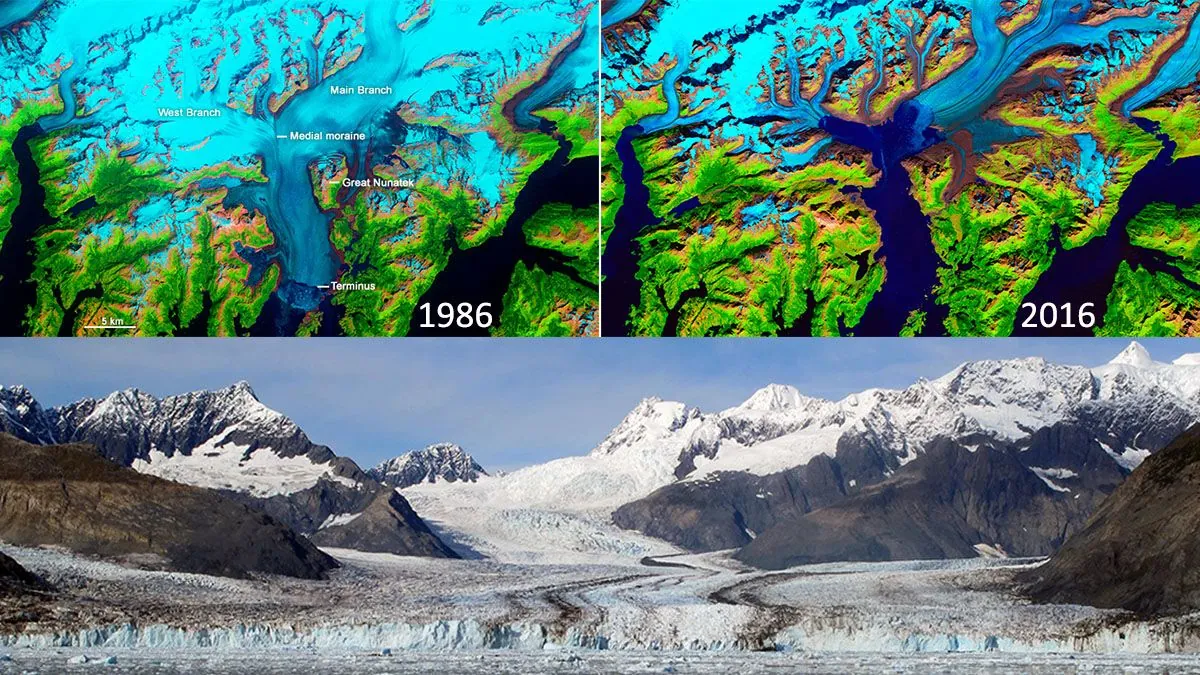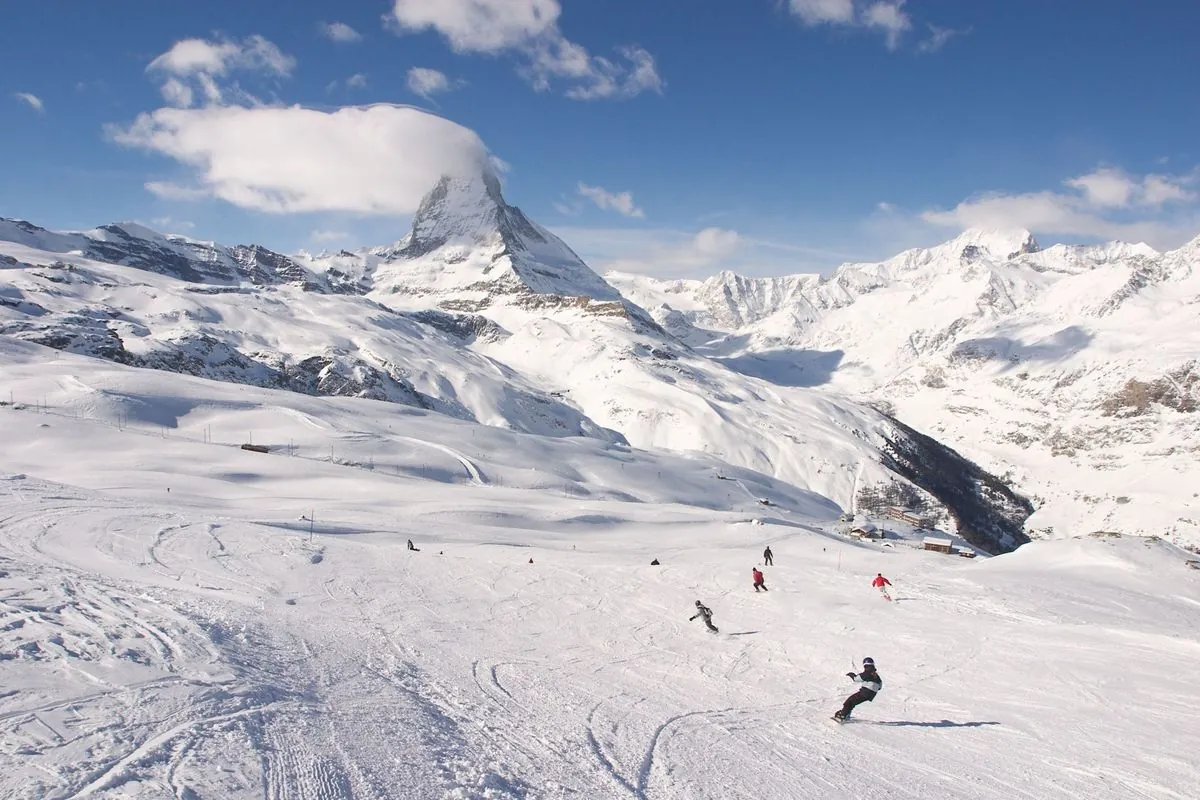Alpine Glacier Melt Forces Italy-Switzerland Border Redraw
Climate change is reshaping the Alps, prompting Italy and Switzerland to adjust their shared border. Melting glaciers are altering watersheds, impacting traditional boundary markers in the iconic mountain range.

Climate change is reshaping the landscape of the Alps, forcing Italy and Switzerland to redraw their shared border. The melting of glaciers in this iconic mountain range has led to a shift in watersheds, traditionally used to delineate national boundaries.
The Swiss government recently announced that "significant sections of the border are defined by the watershed or the ridge lines of glaciers, 'firn' or perpetual snow." However, these formations are changing due to the melting of glaciers, necessitating border adjustments. This phenomenon highlights the far-reaching impacts of global warming on even the most established geographical boundaries.
The affected area is part of the Zermatt ski resort, a popular destination that allows skiers and hikers to move freely between Switzerland and Italy's Valtournenche valley. The border alterations will impact landmarks such as Testa Grigia, Plateau Rosa, Gobba di Rollin, and Rifugio Carrel, a mountain hut situated at an impressive altitude of 3,830 meters (12,565 feet).

While Switzerland has approved the border change, Italy is yet to officially sign off on the alterations. This process underscores the complex diplomatic considerations that arise from environmental changes.
The need for border adjustments is not unique to this particular area. Swisstopo, Switzerland's national mapping agency, reports that the country's borders with Italy, France, Austria, Germany, and Liechtenstein require frequent amendments based on surveyor readings.
The situation in the Alps is part of a broader trend of glacier retreat across the mountain range. In the summer of 2022, a tragic incident occurred in the Italian Dolomites when 11 hikers lost their lives due to a large chunk of rock and ice breaking off from the Marmolada glacier. Scientists now predict that this glacier, the largest in the Dolomites, could disappear entirely by 2040, describing it as being in an "irreversible coma."
"Unless greenhouse gas emissions can be dramatically curbed, glaciers in the Alps are expected to shrink by up to 90 per cent by the end of the century."
The rate of temperature increase in the Alps is alarming, rising at about 0.3°C per decade – approximately twice the global average. This rapid warming poses significant challenges for the region's ecology, economy, and human activities.
The Alps, home to about 14 million people and receiving around 120 million visitors annually, play a crucial role in Europe's geography and climate. They provide about 40% of Europe's fresh water supply and host over 4,500 plant species. The region's biodiversity is remarkable, with unique adaptations such as the Alpine salamander's ability to survive being frozen solid.
As the glaciers continue to retreat, the impacts extend beyond border adjustments. The Alps' approximately 1,800 glaciers are vital water sources, and their decline could have far-reaching consequences for water availability across Europe. The Great Aletsch Glacier, the largest in the Alps, serves as a stark indicator of these changes.
The situation in the Alps serves as a microcosm of global climate change impacts, demonstrating how environmental shifts can have profound effects on geopolitical boundaries, ecosystems, and human activities. As the world grapples with the challenges of climate change, the redrawing of the Italy-Switzerland border stands as a tangible example of the need for adaptive strategies in the face of our changing planet.


































